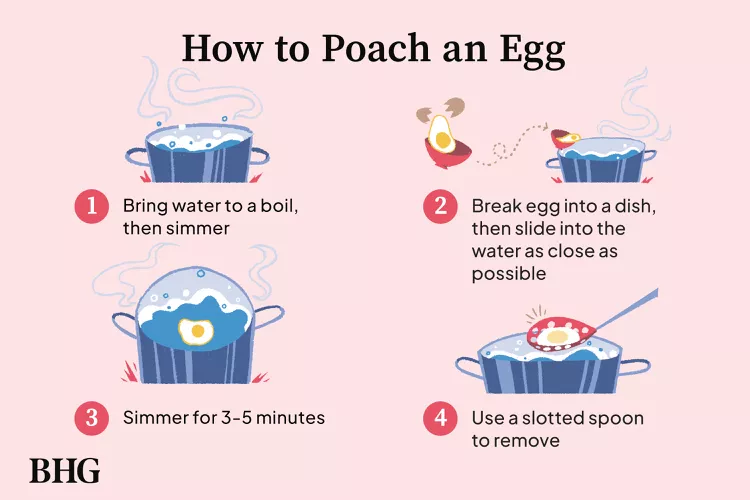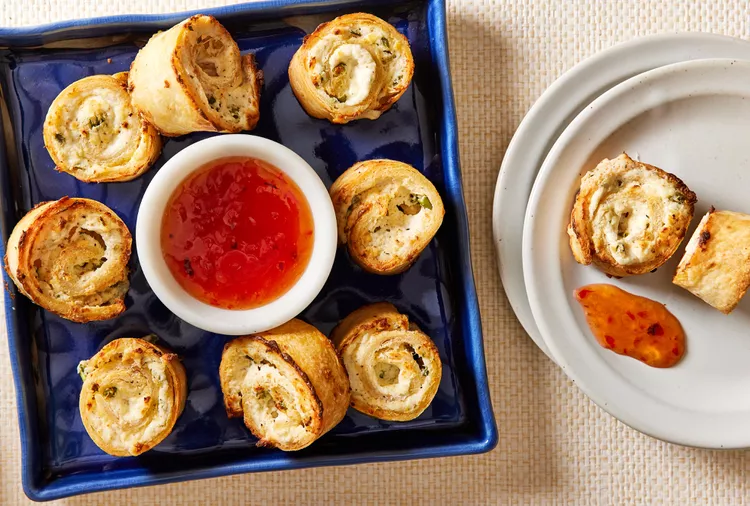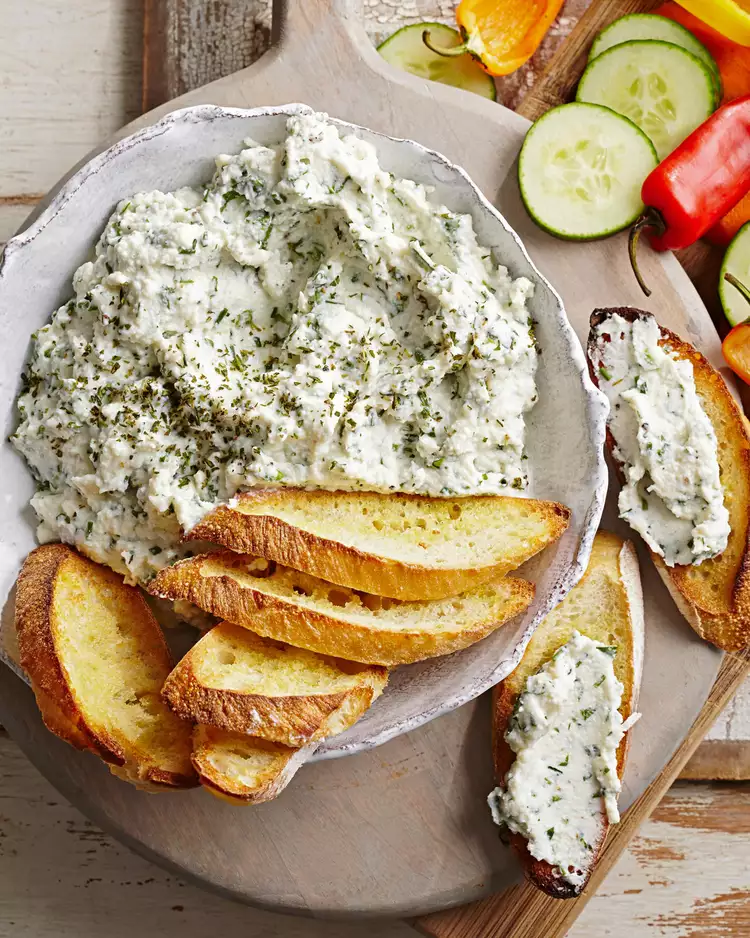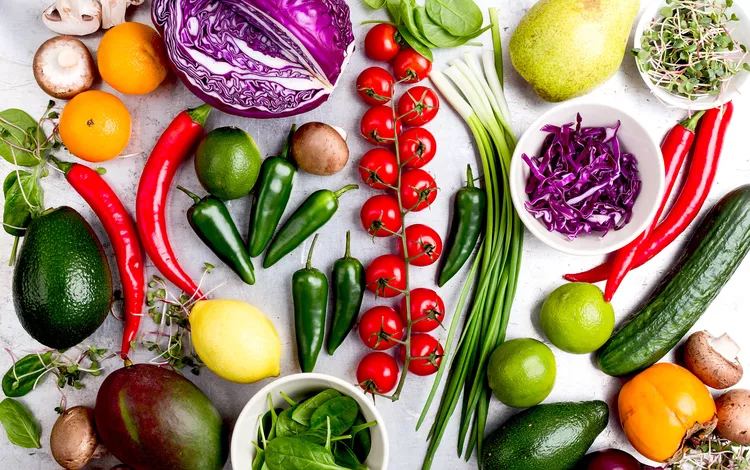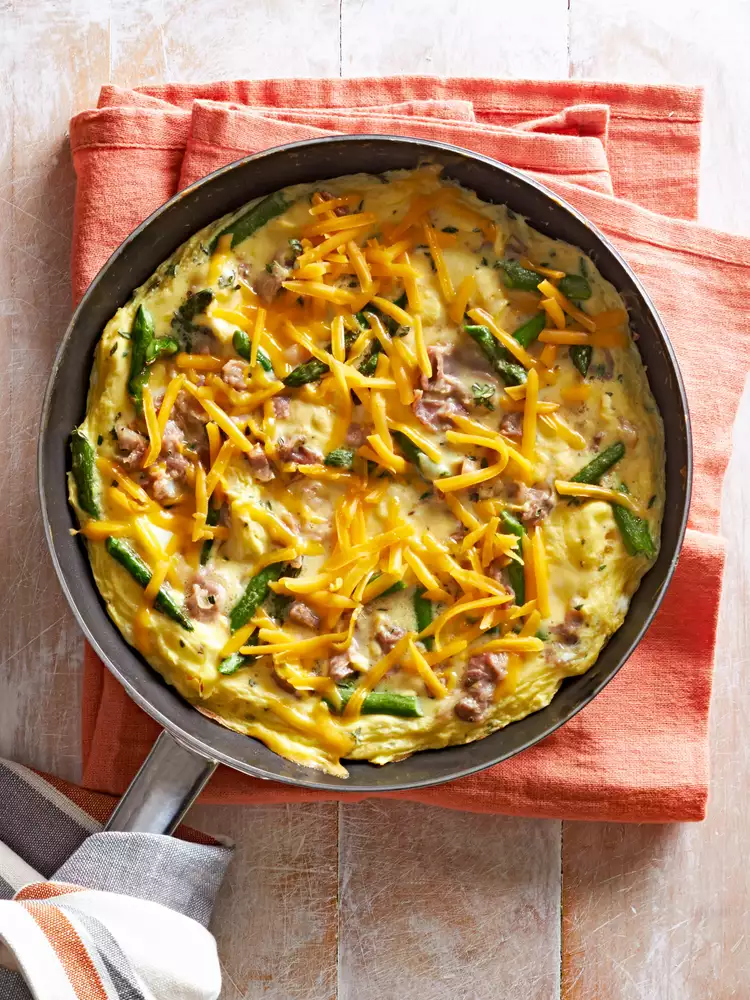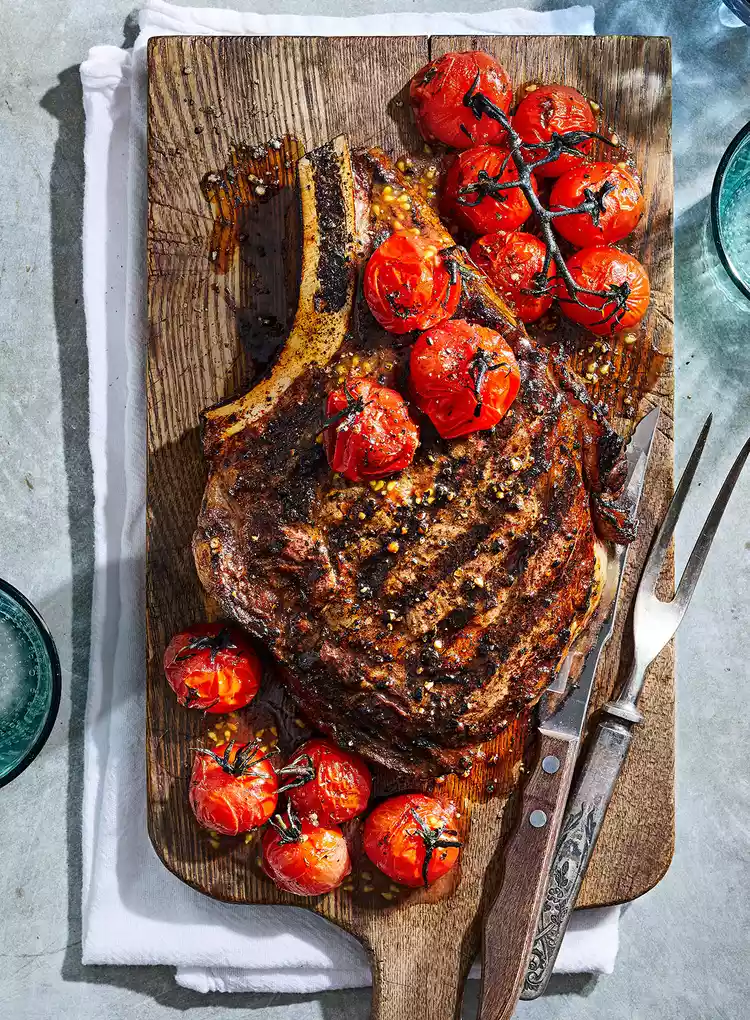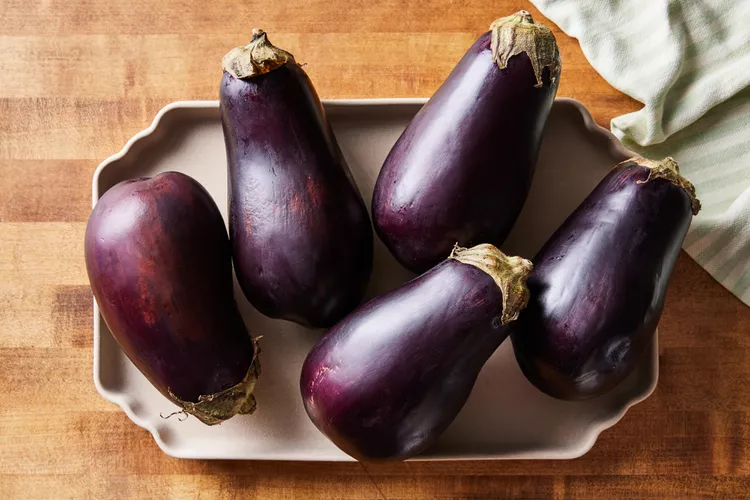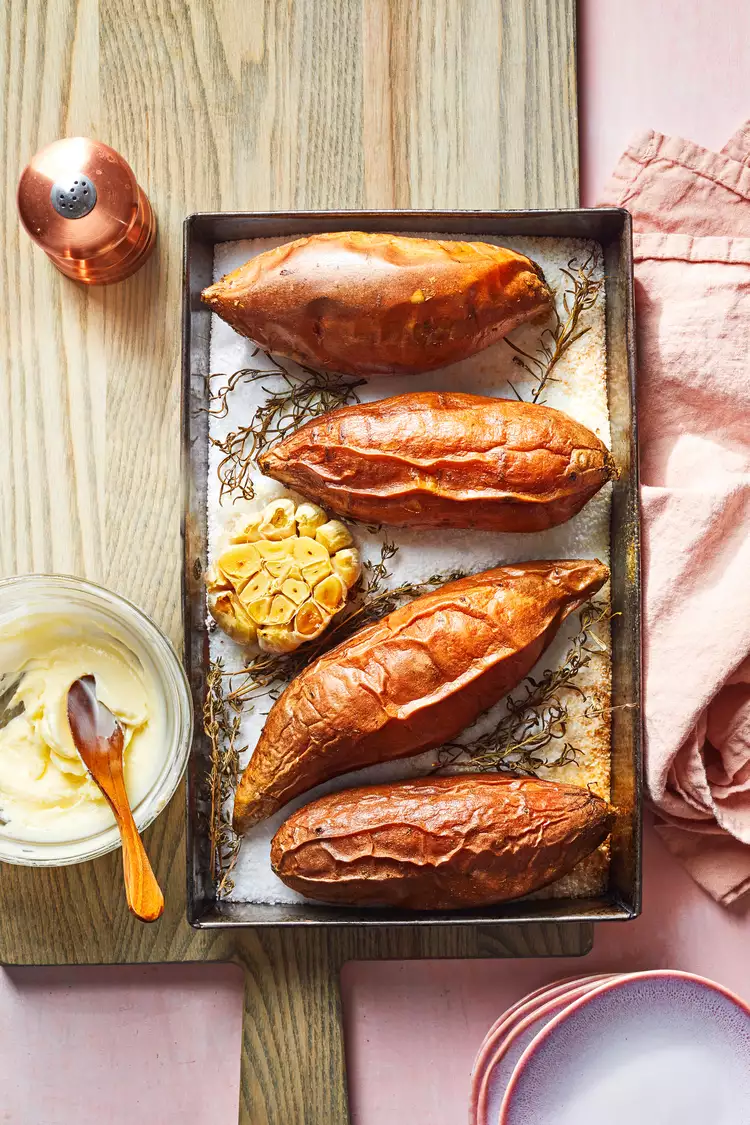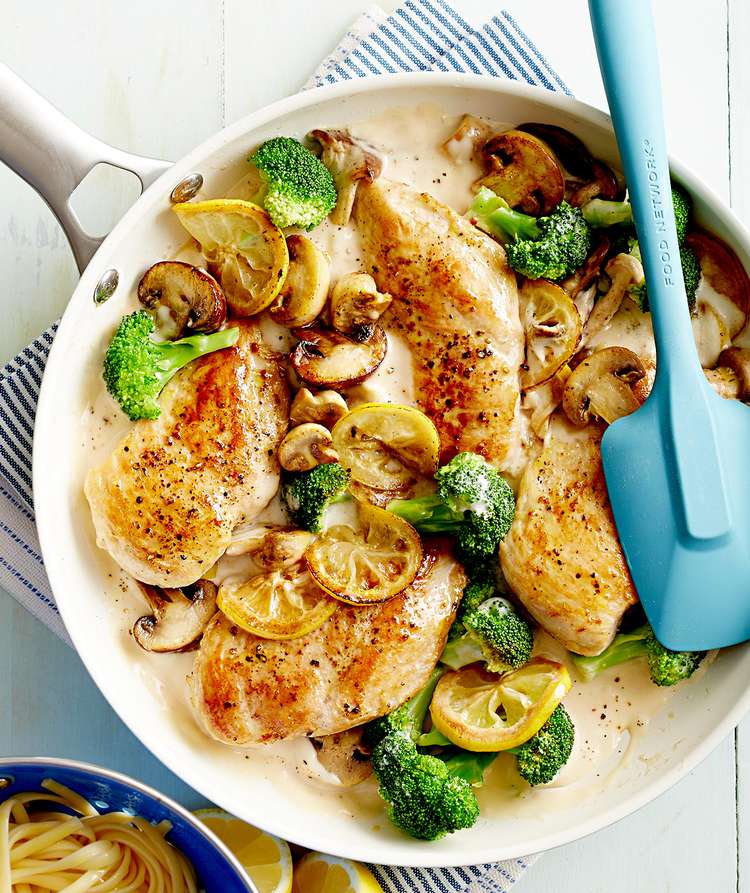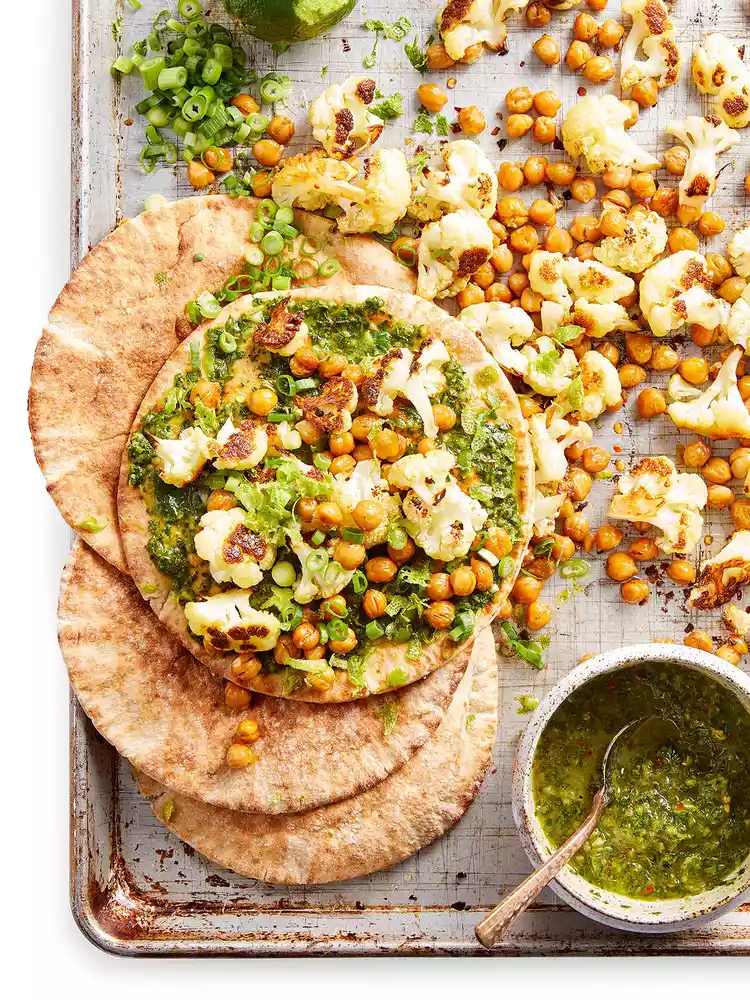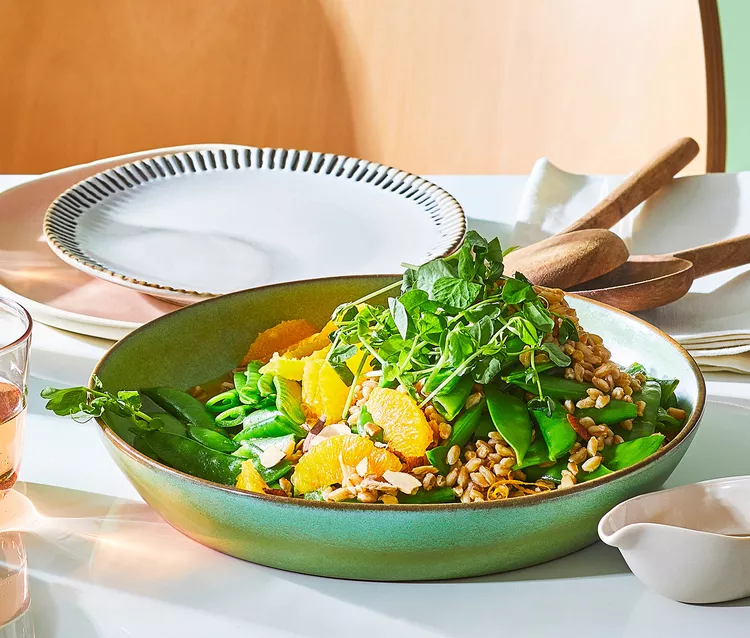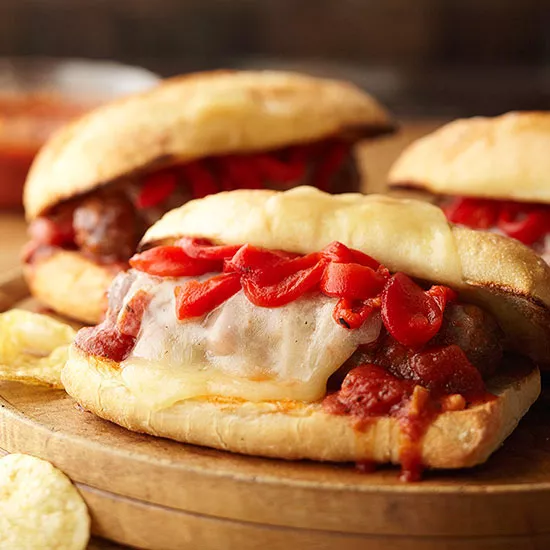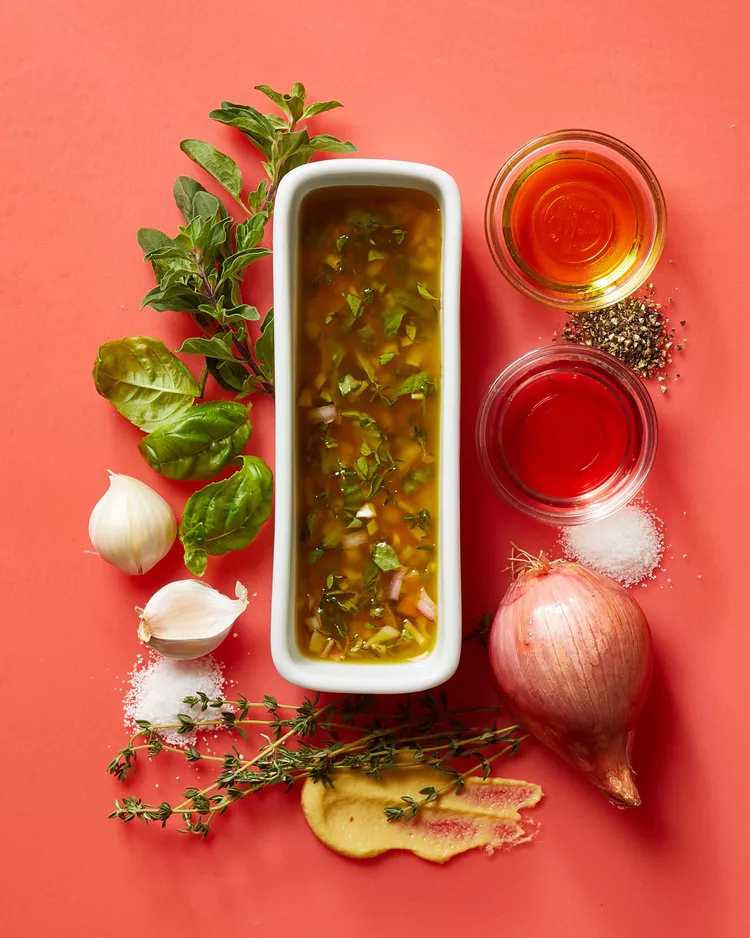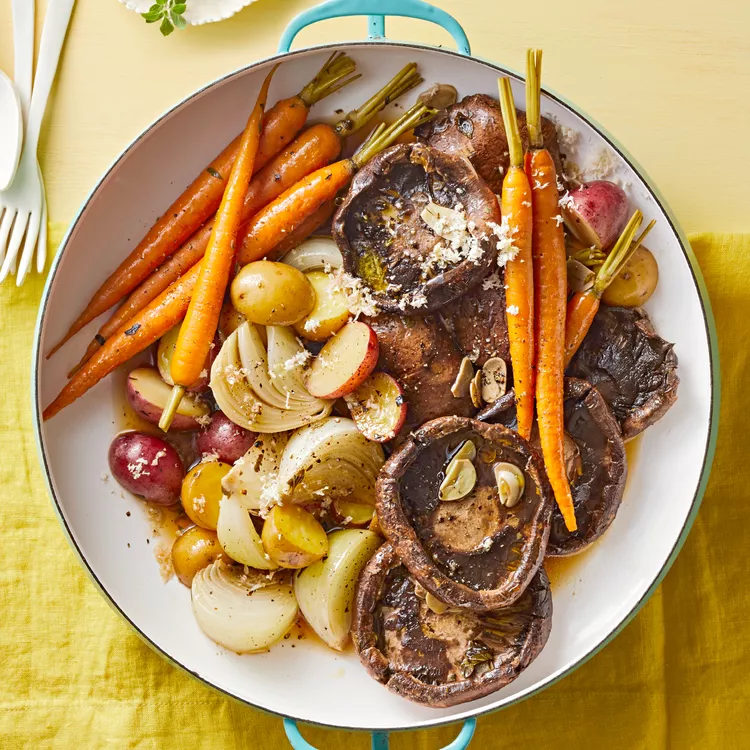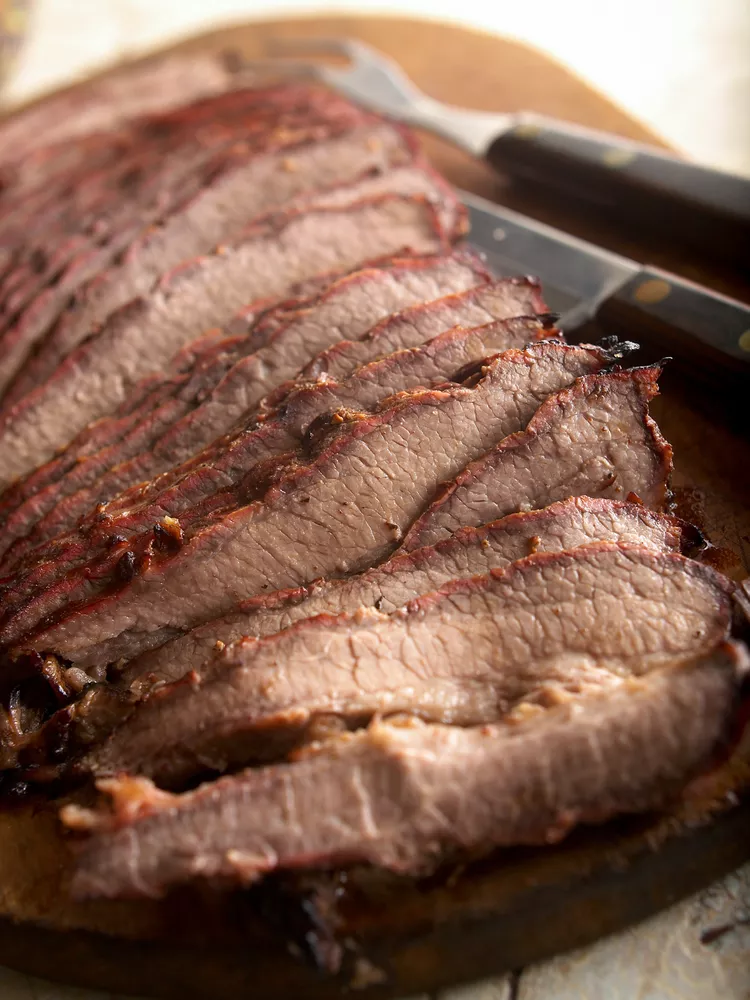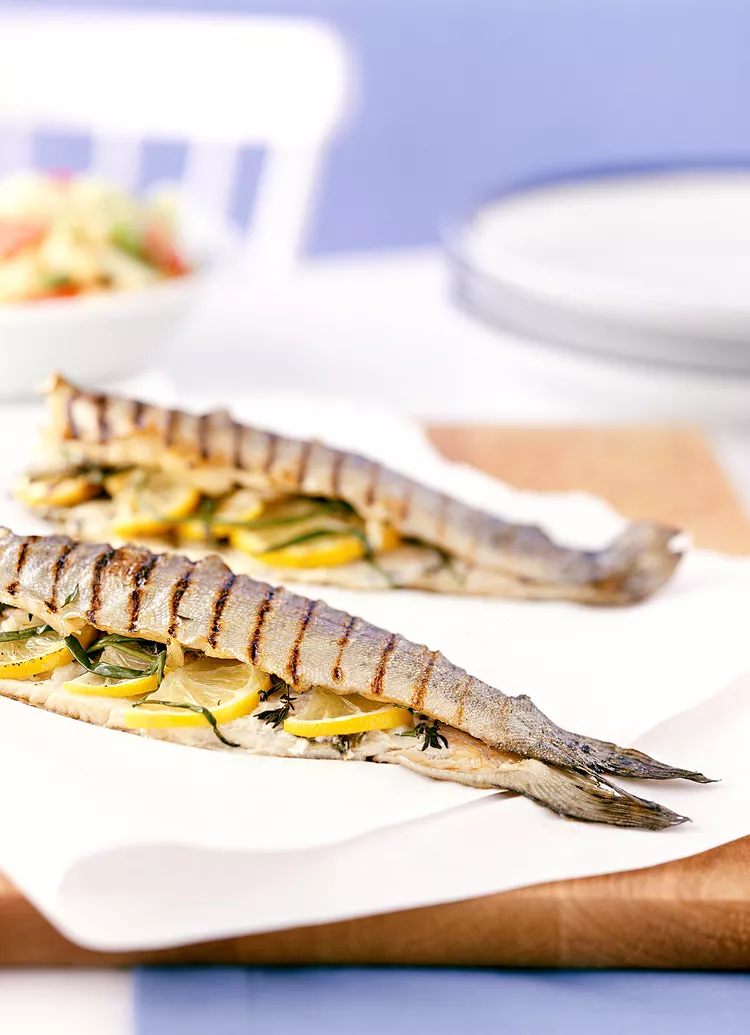Because of their delicate nature, making poached eggs might seem like an undertaking best left to the weekends. But with a little practice, you can perfect this egg-cooking technique even for busier mornings. It takes about 10 minutes to poach an egg, and you can cook one egg at a time or several at once to get breakfast on the table faster. You can speed the process a little by learning how to make poached eggs in the microwave. We'll show you how to do it both ways, and how to make things even easier with a special egg-poaching pan.
Step 1: Bring the Water to a Simmer
Lightly grease a medium skillet (about 10 inches in diameter) or large saucepan. This greasing step is optional, but it helps keep the whites from sticking to the sides of the pan. Add water so the skillet is half full, and add a tablespoon of vinegar—this helps the egg whites stay together—then bring the water to a boil, reduce the heat to simmering (bubbles begin to break the surface of the water).
Test Kitchen Tip: For more flavor, stir 1 to 2 teaspoons of instant chicken bouillon granules into the water. You can also poach eggs in other hot liquids, such as broth, milk, wine, or tomato juice.
Step 2: Add the Eggs
Break a cold egg into a small dish. Carefully slide the egg into the simmering water, holding the lip of the dish as close to the water as possible. Take care not to break the yolk. Also make sure you slip the whole egg in at once, to prevent the egg whites from spreading and getting stringy. Repeat with up to three more eggs, adding them one at a time and spacing them in the skillet so that each has an equal amount of space and they won't stick together.
Test Kitchen Tip: The fresher the eggs, the better for poaching. Fresh eggs hold a more compact shape with a thicker white and centered yolk, so they don't spread as much during cooking.
Step 3: Poaching the Eggs
Simmer the eggs, uncovered, for 3 to 5 minutes or until the whites are completely set and the yolks begin to thicken, but aren't hard. Remove the eggs with a slotted spoon. If desired, trim any rough edges and season with salt and pepper.
Test Kitchen Tip: Don't let the water boil while cooking the eggs. High cooking temperatures can result in eggs with tough whites and mealy yolks.
How to Use an Egg Poaching Pan:
If you really love poached eggs, you can make them a little easier by investing in an egg poacher (Williams Sonoma). Lightly grease the cups of your egg-poaching pan with cooking oil or shortening. Place the poacher cups over the pan of boiling water (water should not touch the bottoms of the cups), and reduce the heat to simmering. Break an egg into a small dish. Carefully slide it into a poacher cup. Repeat, filling each cup with one egg. Cover and cook for 4 to 6 minutes or until the whites are completely set and the yolks begin to thicken, but aren't hard. Run a knife around the edges to loosen the eggs. Invert the poaching pan to remove the eggs.
Step 4: Serving Poached Eggs
Poached eggs are best known as the star of eggs Benedict, the crowd-pleasing brunch dish consisting of an English muffin, Canadian bacon or ham, a poached egg, and hollandaise sauce. But there are tons of other tasty ways you can serve them, and it doesn't have to be for breakfast or brunch. Use them to top a veggie-filled breakfast or grain bowl, serve them in a spicy tomato sauce, add one to the top of a salad. There are tons of possibilities. Once you know how to make poached eggs, you'll want to use them on everything.
How to Poach an Egg in the Microwave
No time to wait for water to simmer? Don't give up yet. You can still make the perfect poached egg, but in the microwave instead. Start by adding ⅓ cup water, ¼ teaspoon vinegar, and a pinch of salt to a small microwave-safe dish, like a custard cup or ramekin. Then gently crack one large egg into the water mixture and cover the dish with plastic wrap, a lid, or a small plate.
Place the covered dish in the microwave on 80% power for 50 to 55 seconds, or until the yolk looks round and set on the outside and the white is almost set, but still a little translucent. If you use plastic wrap or a clear lid, you'll be able to see the white start to solidify and turn white over the egg yolk as it cooks. Because all microwaves are different, keep an eye on your egg as it cooks so it doesn't end up overdone.
Carefully remove the dish from the microwave. If you want firmer whites, let the egg sit in the water for an extra minute. Uncover the dish. If the egg white still looks too translucent, microwave the egg another 30 seconds. Using a spoon, lift the egg from the water and tip the spoon just enough to let the liquid drain out. Season to taste with salt and black pepper.
